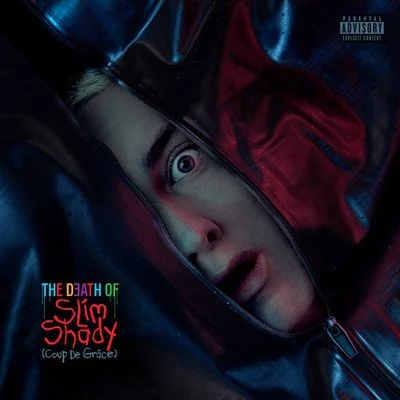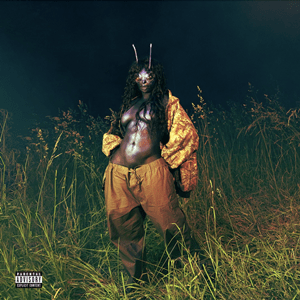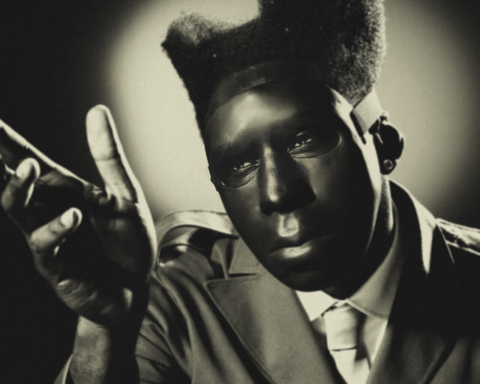BY JOSEPH DEBELL, OPINION EDITOR
Album cover courtesy of @eminem on Instagram

ALBUM SCORE: 2.5/5 Stars
Eminem’s latest album has some highlights and a captivating concept, yet it lacks the revelatory moments expected from his Slim Shady persona.
Released on the 25th anniversary of “The Slim Shady LP,” “The Death of Slim Shady” reflects Eminem’s fictional journey of his superstar persona trying to escape his previous actions. Despite timely features and an intriguing concept, the album feels like a rehash of old ideas rather than a fulfilling story.
In the LP, controversial rapper, Eminem, takes on his alter-ego’s views on Gen Z, transgenderism and people with disabilities in his 12th studio album.
As Siobhán Kane from The Irish Times pointed out in their review, “From Wu-Tang Clan to MF Doom, hip hop has a rich history of its players wrestling with personas and superheroes, a way in part of feeling empowered when historically disenfranchised. It is an interesting way to work through demons, power dynamics, the world that was inherited and the world that is yet to come.”
Eminem follows this tradition by using Slim Shady to confront his ego. Even though the album contains a fictional death of the character Slim Shady, this persona helped launch him from the Detroit underground rap scene. The cover art sets the tone for the album, depicting Slim Shady being zipped up in a body bag.
Over 19 tracks, the drama culminates in a sentimental, piano ballad in which Eminem apologizes to his children on tracks such as “Temporary” and “Somebody Save Me.” Both of those tracks end up being highlights of the record as they reveal a side of the rapper that is oftentimes overshadowed by his bombastic characteristics.
Other highlights include reunions with Dr. Dre on “Lucifer” and “Guilty Conscience 2.” Here, Eminem showcases his pen and humor.
The production shines, with tracks like “Fuel” featuring JID and “Bad One.” In these tracks, Eminem delivers memorable lines with skillful wordplay. JID’s verse also injects much-needed energy into the album.
The first half features content intended to be offensive. Most of these tracks simply come across as dated. Examples of this are “Trouble” and “Brand New Dance.” These tracks involve Eminem revisiting the shock tactics that once made him infamous. However, on these tracks, it comes across more as being out of touch rather than being provocative.
The album reaches a climax on “Guilty Conscience 2.” It does its job from a concept standpoint and includes an argument between Mathers and Shady, which leads to him killing Slim Shady.
While “The Death of Slim Shady” allows Eminem to explore the impact of his past actions, its execution doesn’t entirely succeed.
debelljb22@bonaventure.edu









